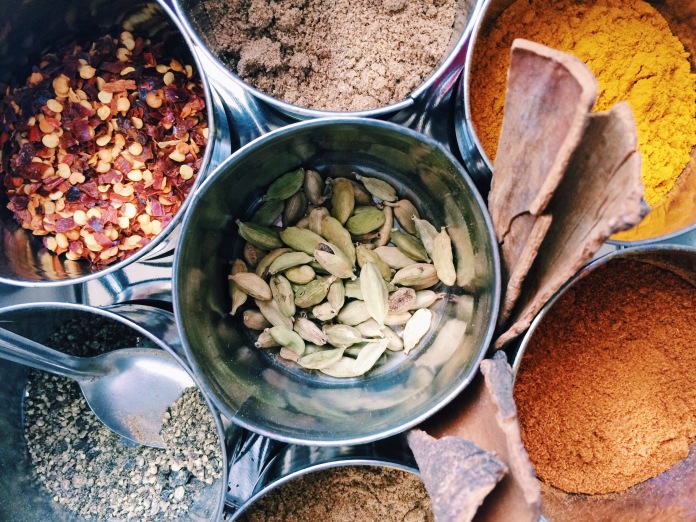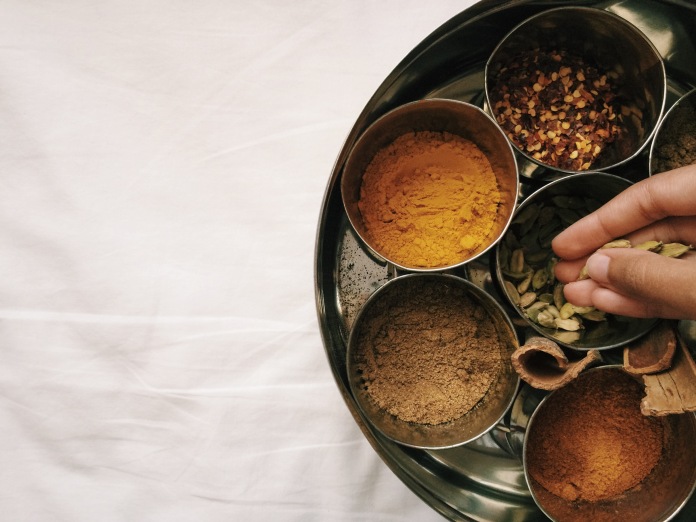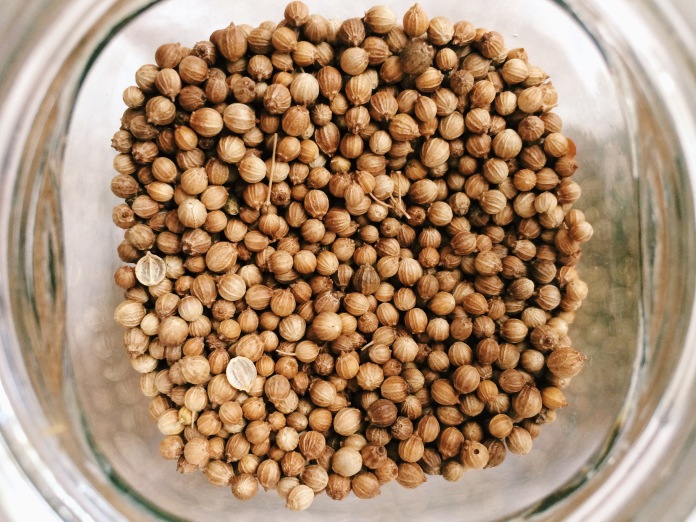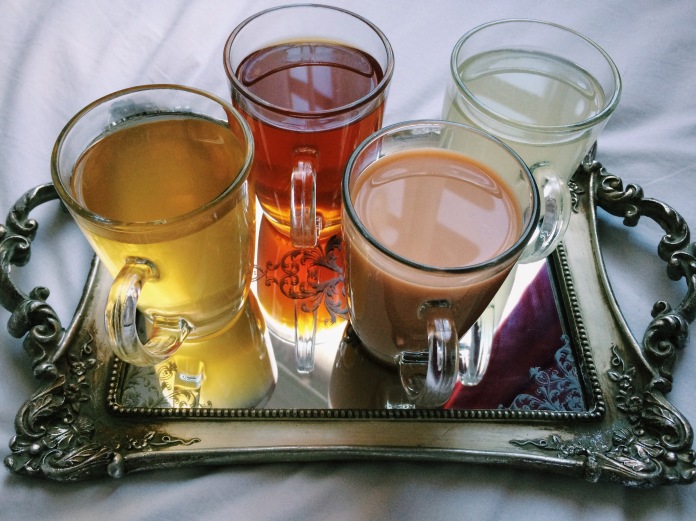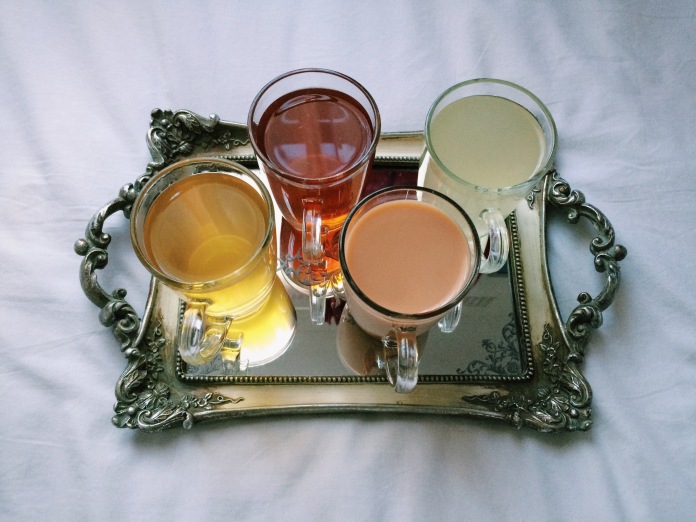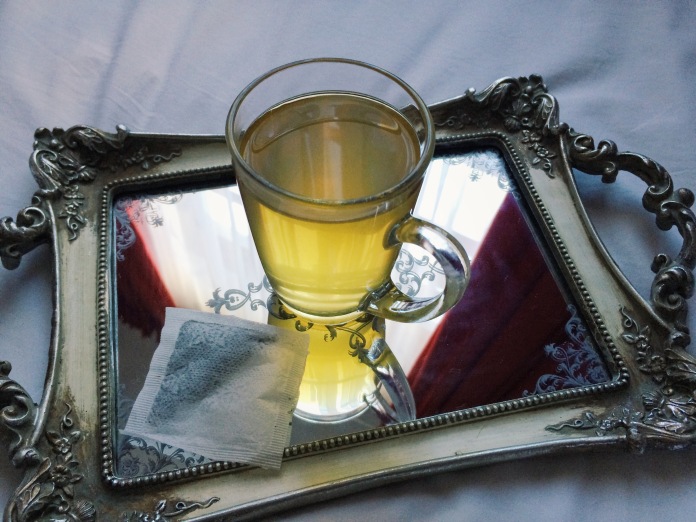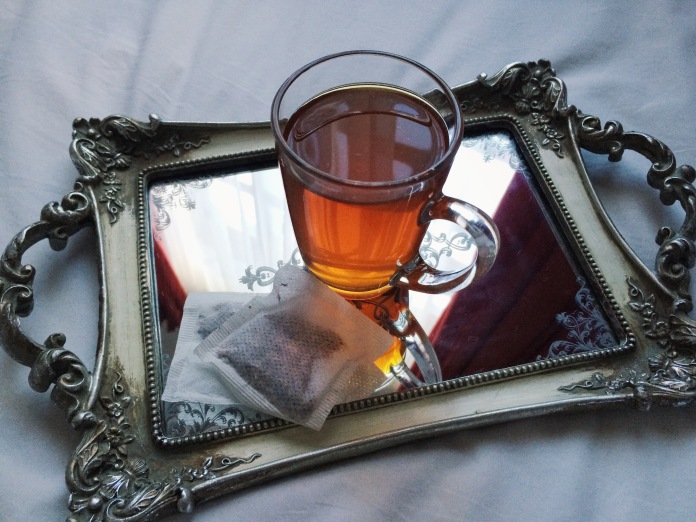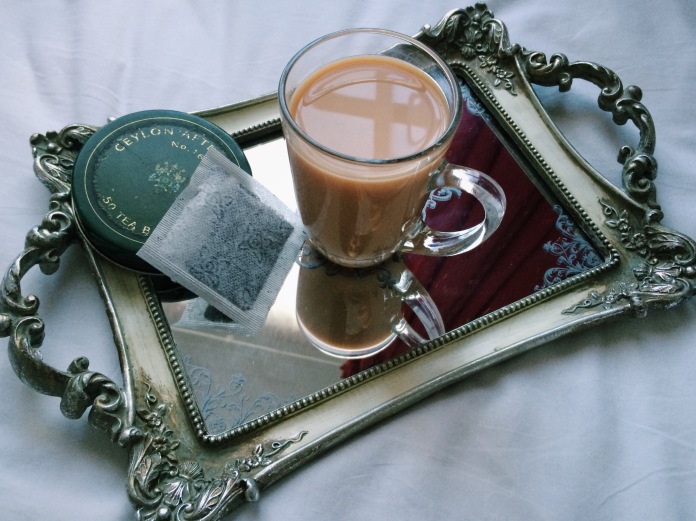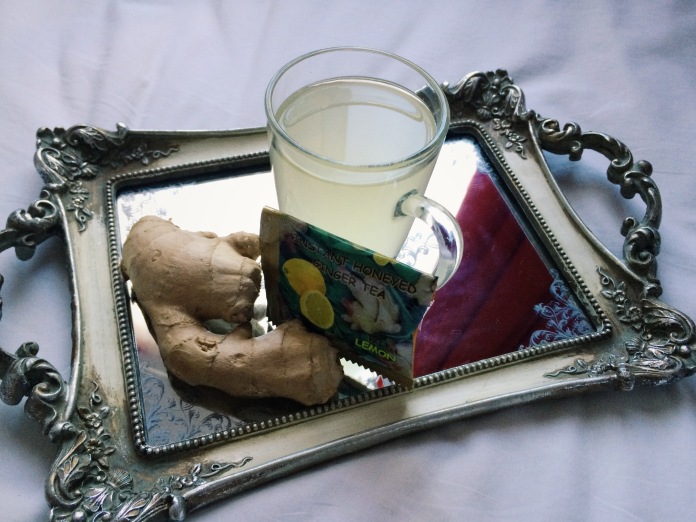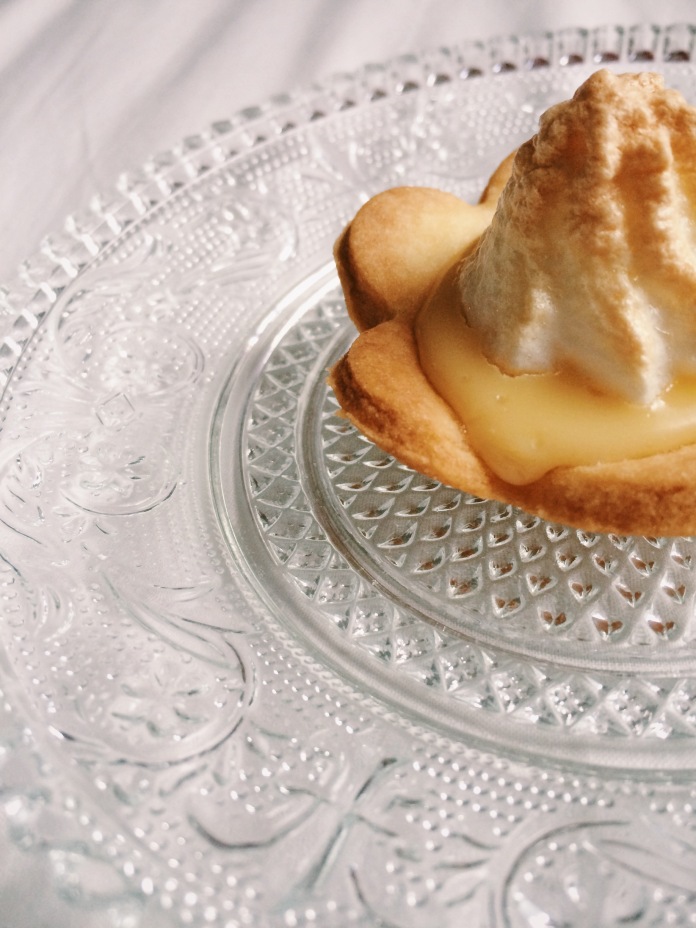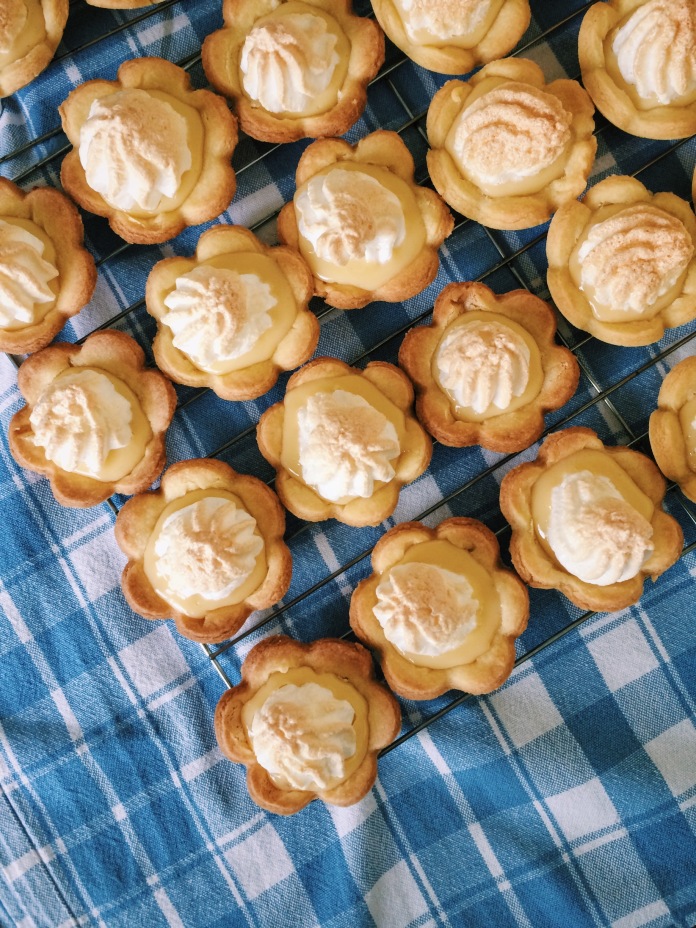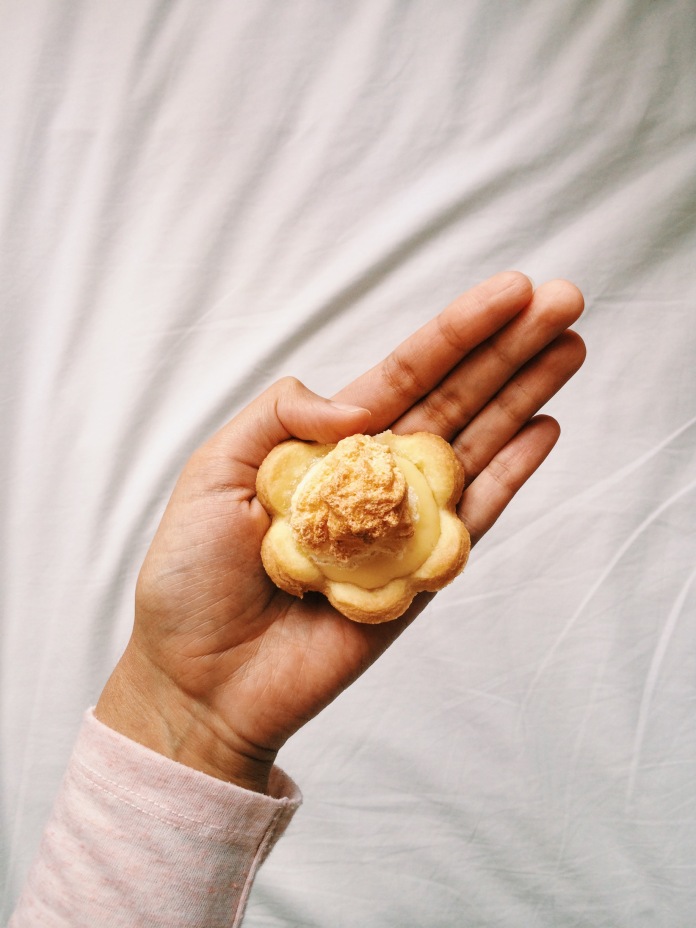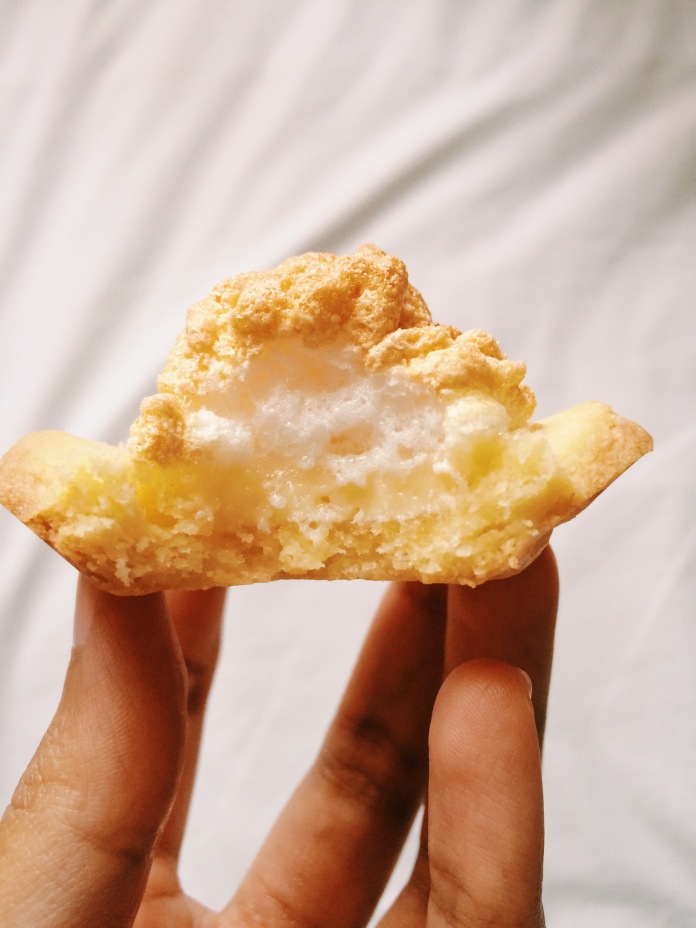If you’re like me and you love to snack, then you’re probably always on the look out for snacks that taste good while also being healthy. Or you just grab a packet of chips and you’re good to go. In both cases, you should read this.
Dates have immense health benefits and are an amazing source of vitamins, minerals and fibre. These deliciously sweet fruits can also act as an immune booster, reduce inflammation, promote intestinal health and encourage heart health. During Ramadan, I will break my fast with a date and a glass of water. I find that it gives me a great boost of energy of a day of fasting while also preventing me from overeating at dinner. For the rest of the year, I like to pack a few dates to take with me when I’m on campus. When my energy levels are feeling drained after a long and tedious lecture, I snack on a couple dates and it gives me a great energy boost, making the rest of my classes a bit more manageable.
Dates can be eaten as they are or used as sweeteners in baking, smoothies, porridge and you can even make healthy caramel with them. They are also often used in pilaf (Turkish rice dish), and other savoury dishes. If I’m in the mood for a cheeky dessert or sweet escape, I’ll take a few dates, roll them in organic almond or peanut butter and cover them in some desiccated coconut. These are incredibly tasty and you won’t even realise that you’re actually eating something really healthy! I use dried dates which are commonly found in most supermarkets because of their high shelf life and are higher in sugar than fresh dates.
Another and slightly unhealthier snack I like to make with dates is date balls. I discovered date balls when I was in high school when the new “healthy” tuck shop stocked them with kebab sticks stuck into them and coated in coconut. They’re almost like the fruity version of a cake pop. My friends and I soon became obsessed with this new discovery – you’d often find us running to by a date ball before drama class! Being an avid baker and experimental kitchen-ninja even in my youth, I decided to take on the challenge of making my own date balls, especially since they cost R8 per ball (what’s up private schools?). The recipe I currently use contains sugar, butter, an egg and crushed Marie biscuits. The dates are still in there, but the sugar is way higher now. You could easily ditch the sugar, butter and biscuits and rather just soak the dates and wiz them up in a food processor to make the mixture, but it won’t taste as good. Plus, this recipe hasn’t failed me yet.
Date Balls
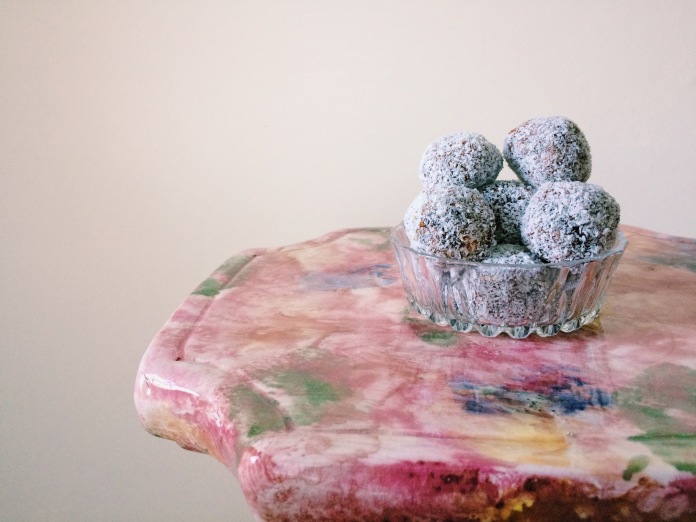
Homemade date balls rolled in desiccated coconut. Photo by me.
Ingredients:
- 2 cups pitted dates (medjool dates work best, but whatever you can get is fine)
- 3 tbsp butter or coconut oil
- 3-4 tbsp sugar
- 1/2 a whisked egg
- crushed Marie biscuits (digestive biscuits or graham crackers should work too)
- popped rice cereal (I use Rice Krispies)
- desiccated coconut
Method:
- Soak half of the dates in warm water for 10 minutes before chopping. Chop the dates pretty finely – there should be no big chunks.
- In a bowl placed over boiling water, melt the butter or coconut oil and add the sugar. Mix until most of the sugar has dissolved. Add the chopped dates and mix for about 8 minutes. Remove from heat.
- Once the date mixture has cooled, add half a whisked egg and stir well to combine.
- Add about a cup of the crushed biscuits and 1/2 a cup of popped rice to the mixture and stir well.
- Take about a tablespoon of the mixture and roll it into a ball before rolling in the coconut. Repeat with the rest of the mixture.
- Keep in an airtight container in the fridge.


